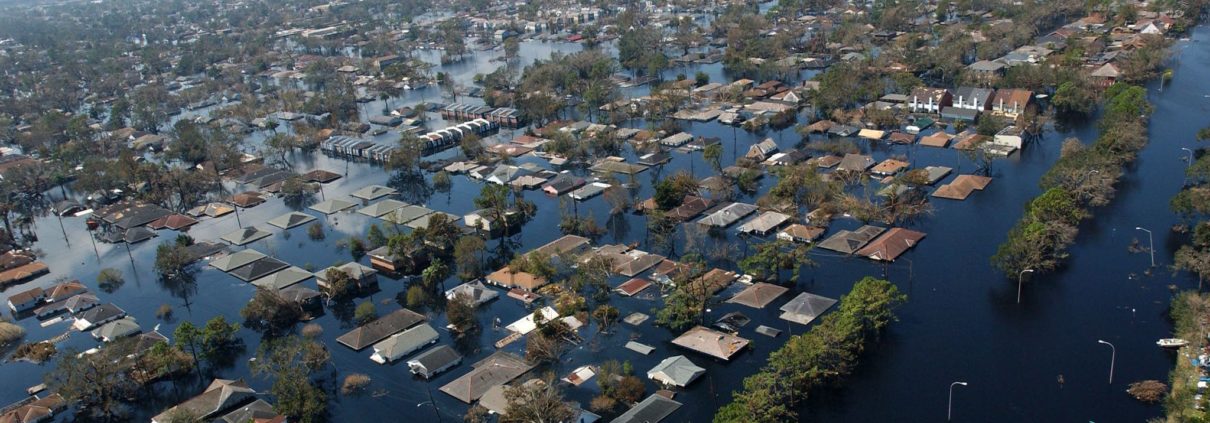Sustainable Brands reports: The ‘Smartest’ Cities Will Be Future-Proofed
In the wake of natural disasters, it can be easy to feel like there’s nothing we can do to prevent or minimize the damage they cause. However, often this is not the case. Some cities are already making changes to offset future crises, and it’s time we learn from their efforts. Similarly, we can look at urban planning mistakes in cities such as Houston, Texas, which exacerbated the effects of Hurricane Harvey, in order to identify potential weak points in other cities.
Taking a closer look at the situation in Texas, there are a few factors that contributed to the damage sustained during Harvey and may lead to more problems in the future. For one, Houston is the only major U.S. city without a zoning code dictating where different types of buildings can be constructed. As a way of encouraging growth, Texas as a whole has one of the most hands-off approaches to building codes and inspections. Stricter regulations have been actively opposed by the Texas Association of Builders, leading to poor building standards and houses being built (and rebuilt) in vulnerable areas.
Of course, the sheer amount of rain that Hurricane Harvey brought to the area would have resulted in flooding, despite precautions they might have taken. Although Houston has spent its flood-control budget on canals, levees, culverts and gutters, these solutions alone aren’t enough to curb massive flooding. Unfortunately, Houston’s unchecked growth means many natural areas that would have absorbed some of the water have been paved over, making it significantly more difficult for the water to dissipate naturally.
For the full article, click here.



